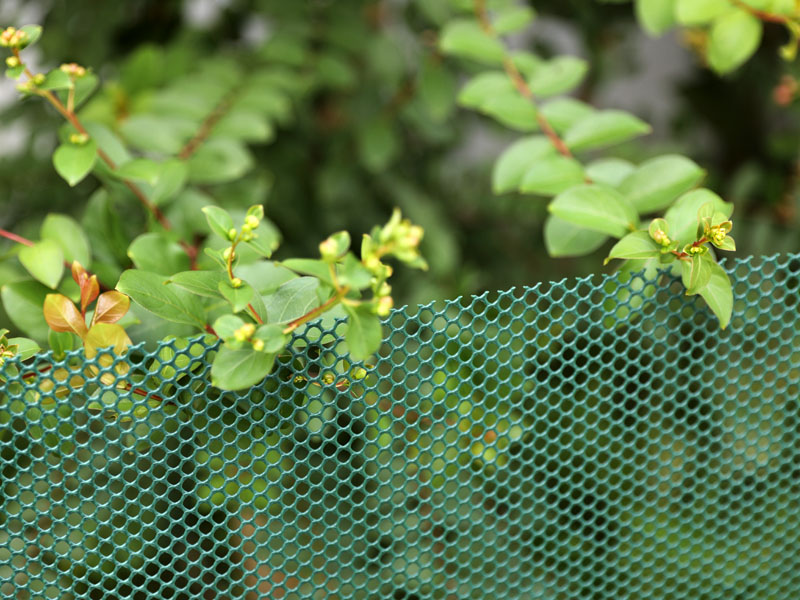Windbreak fences provide crucial protection to crops an […]
Windbreak fences provide crucial protection to crops and plants by mitigating the damaging effects of strong winds. They achieve this by creating a barrier that alters the flow of wind, resulting in several beneficial effects.
One key benefit is the reduction of wind speed. As wind encounters the fence, it slows down, creating a calmer area on the leeward side. This reduced wind speed minimizes the force exerted on crops and plants, helping to prevent damage such as lodging, breakage, or desiccation.
Windbreak fences assist in controlling soil erosion. By intercepting wind and reducing its erosive force, they help prevent the loss of topsoil, which is essential for plant growth. This protects the fertility and stability of the soil, ensuring optimal conditions for plant growth.

Temperature regulation is another significant advantage of windbreak fences. In windy conditions, cold winds can strip away heat from plants, leading to frost damage or chilling stress. By reducing wind speed, windbreak fences create a more stable microclimate with milder temperatures, especially during periods of cold weather. This can help prevent frost damage and promote healthier plant growth.
Windbreak fences contribute to moisture conservation. Wind can accelerate moisture evaporation from the soil and plant surfaces, leading to dehydration and drought stress. By reducing wind speed and creating a sheltered environment, windbreak fences help conserve moisture, ensuring adequate hydration for crops and plants, particularly in arid or semi-arid regions.
Windbreak fences act as a barrier against windborne debris such as dust, sand, and debris, which can pose a threat to crops and plants. By intercepting and trapping airborne particles, they help maintain air quality and reduce the risk of damage from abrasive particles or contaminants carried by the wind.
Windbreak fences play a vital role in protecting crops and plants from wind damage and promoting agricultural productivity and sustainability. Their ability to alter wind dynamics and create a more favorable microclimate makes them a valuable asset in farming and horticultural practices.



 WhatsApp:+8613626888261
WhatsApp:+8613626888261